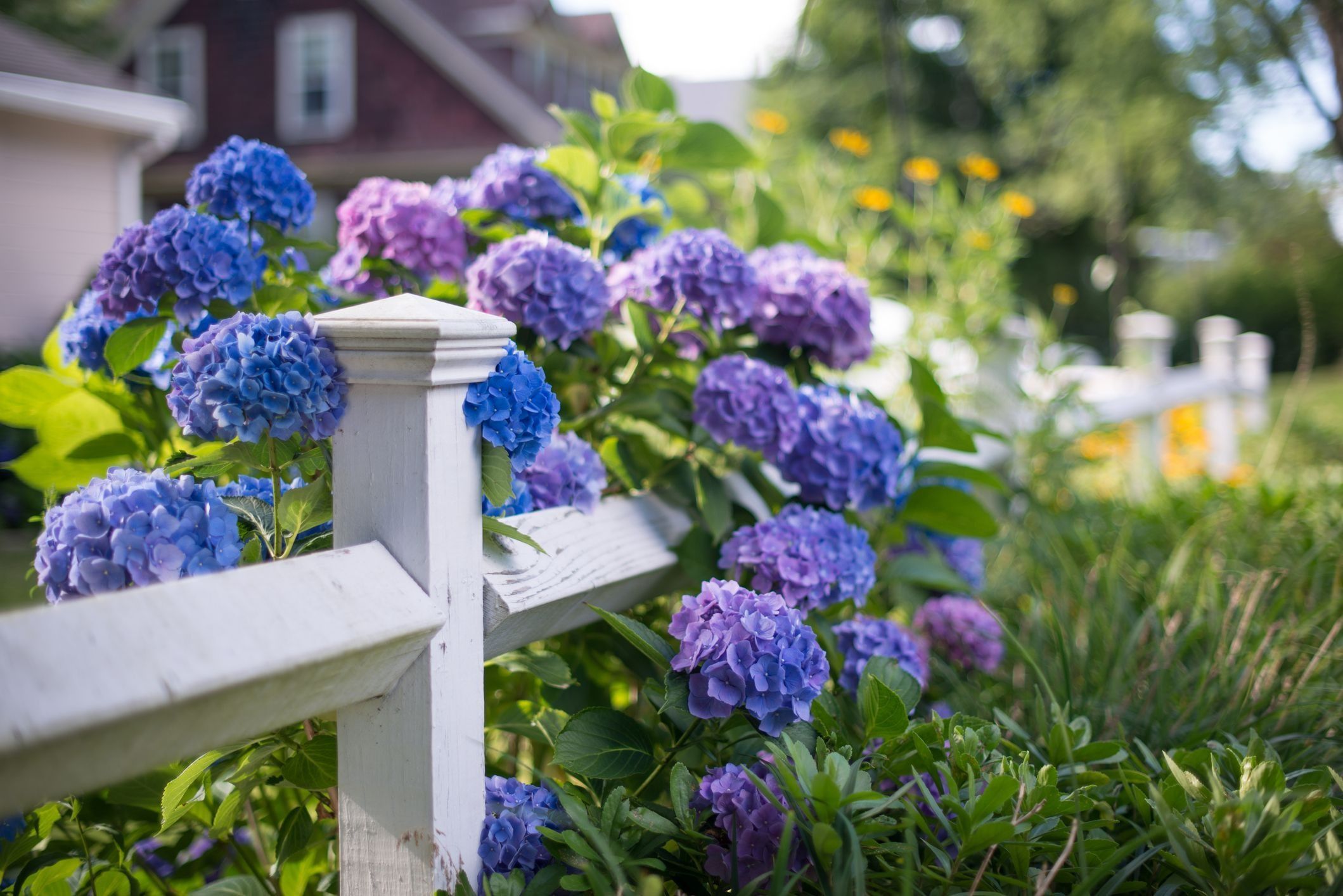
Fence lines often present an untapped opportunity for enhancing outdoor spaces with greenery. By selecting low-maintenance plants strategically, you can transform these border areas into vibrant and visually appealing landscapes without the hassle of intensive upkeep.
I. Introduction
A. Harnessing the Beauty of Fence Lines Fence lines serve as natural boundaries in outdoor spaces, offering the perfect canvas for landscaping enhancements that add beauty and functionality to the surroundings.
B. Benefits of Low-Maintenance Plants Opting for low-maintenance plants along fence lines minimizes the time and effort required for upkeep while still yielding impressive aesthetic results.
C. Overview of Plant Selection Criteria When choosing plants for fence lines, factors such as drought tolerance, disease resistance, and non-invasive growth habits are essential considerations for long-term success.
II. Characteristics of Ideal Fence Line Plants
A. Drought Tolerance and Water Efficiency
- Adaptations for Water Conservation: Ideal fence line plants exhibit traits such as deep root systems or succulent leaves, enabling them to thrive with minimal water input.
- Minimal Irrigation Requirements: These plants require infrequent watering once established, making them well-suited for regions with limited rainfall or water restrictions.
- Resilience to Dry Conditions: Resistant to drought stress, they maintain their vigor and aesthetic appeal even during periods of water scarcity.
B. Hardy and Disease-Resistant Varieties
- Natural Defense Mechanisms: Low-maintenance plants possess inherent resistance to common pests and diseases, reducing the need for chemical interventions.
- Resistance to Pest Infestations: Their robust constitution wards off insect attacks, ensuring prolonged health and vitality without the risk of pest damage.
- Disease Tolerance and Prevention: These plants are less susceptible to fungal infections and bacterial diseases, promoting longevity and sustainability in the landscape.
C. Non-Invasive Growth Patterns
- Controlled Spread and Growth: Fence line plants exhibit restrained growth habits, preventing them from encroaching on neighboring structures or competing with other garden plants.
- Minimal Pruning and Maintenance Needs: With limited lateral spread, they require little to no pruning, saving time and effort in maintenance tasks.
- Compatibility with Fence Structures: These plants complement the vertical structure of fences, enhancing privacy and aesthetics without overwhelming the space.
III. Top Low-Maintenance Plants for Fence Lines
A. Evergreen Shrubs
- Description and Characteristics: Evergreen shrubs provide year-round interest with their foliage and often produce flowers or berries for added visual appeal.
- Varieties Suitable for Fence Lines: Examples include boxwood, holly, and juniper species, which offer dense foliage and easy-to-maintain growth habits.
- Planting and Care Tips: Choose well-draining soil and provide adequate sunlight for optimal growth. Water regularly during the establishment phase and mulch to conserve moisture.
B. Ornamental Grasses
- Versatility and Aesthetic Appeal: Ornamental grasses add texture, movement, and architectural interest to fence lines, with a wide range of species available to suit different climates and preferences.
- Drought-Tolerant Grass Species: Select drought-tolerant grasses such as fountain grass, maiden grass, or blue fescue, which require minimal watering once established.
- Maintenance Guidelines for Fence Line Planting: Trim back dead foliage in late winter or early spring to encourage new growth. Divide overcrowded clumps every few years to maintain vigor and prevent self-seeding.
C. Climbing Vines and Trellis Plants
- Vertical Growth and Space Utilization: Climbing vines and trellis plants utilize vertical space along fences, maximizing planting area and creating lush green screens for privacy.
- Low-Maintenance Climbers: Choose vigorous yet manageable climbers such as clematis, jasmine, or climbing roses, which require minimal pruning and upkeep.
- Structural Support and Training Techniques: Install sturdy trellises or wire supports to guide vine growth along fence lines. Train young shoots to weave through the support structure for optimal coverage and aesthetics.
IV. Planting and Maintenance Tips
A. Site Preparation and Soil Conditions
- Soil Amendment and Drainage Considerations: Improve soil structure and fertility with organic matter and ensure proper drainage to prevent waterlogging and root rot.
- Sunlight and Exposure Requirements: Place sun-loving plants in sunny locations and shade-tolerant species in shadier areas to optimize growth and performance.
- Mulching and Weed Control Strategies: Apply a layer of mulch around plants to suppress weeds, retain soil moisture, and moderate soil temperature.
B. Watering and Fertilization Practices
- Establishing Healthy Root Systems: Water newly planted specimens regularly to encourage root establishment and deep watering habits. Gradually reduce frequency as plants mature.
- Seasonal Watering Guidelines: Adjust watering frequency based on seasonal weather patterns, increasing during hot, dry spells and decreasing during cooler, wetter periods.
- Minimal Fertilization Requirements: Low-maintenance plants typically require minimal fertilization, with occasional applications of balanced fertilizer during the growing season to support healthy growth.
C. Pruning and Trimming Techniques
- Encouraging Compact Growth: Prune back overgrown or leggy branches to maintain a compact and tidy appearance along fence lines.
- Removing Dead or Diseased Foliage: Regularly inspect plants for signs of disease or pest infestation, and promptly remove affected foliage to prevent spread and maintain plant health.
- Pruning Frequency and Timing: Prune flowering shrubs after blooming to encourage new growth and flowering. Trim ornamental grasses in late winter or early spring before new growth emerges.
V. Conclusion
A. Transforming Fence Lines into Green Oases With thoughtful plant selection and minimal maintenance practices, fence lines can become vibrant green spaces that enhance the beauty and functionality of outdoor environments.
B. Sustainable Landscaping Practices By choosing low-maintenance plants and adopting sustainable gardening techniques, homeowners can create landscapes that are both visually stunning and environmentally responsible.
C. Encouragement for Green-Fingered Endeavors Embark on your fence line planting journey with confidence, knowing that with the right plants and care, you can create a verdant oasis that requires minimal upkeep and brings joy year after year.


